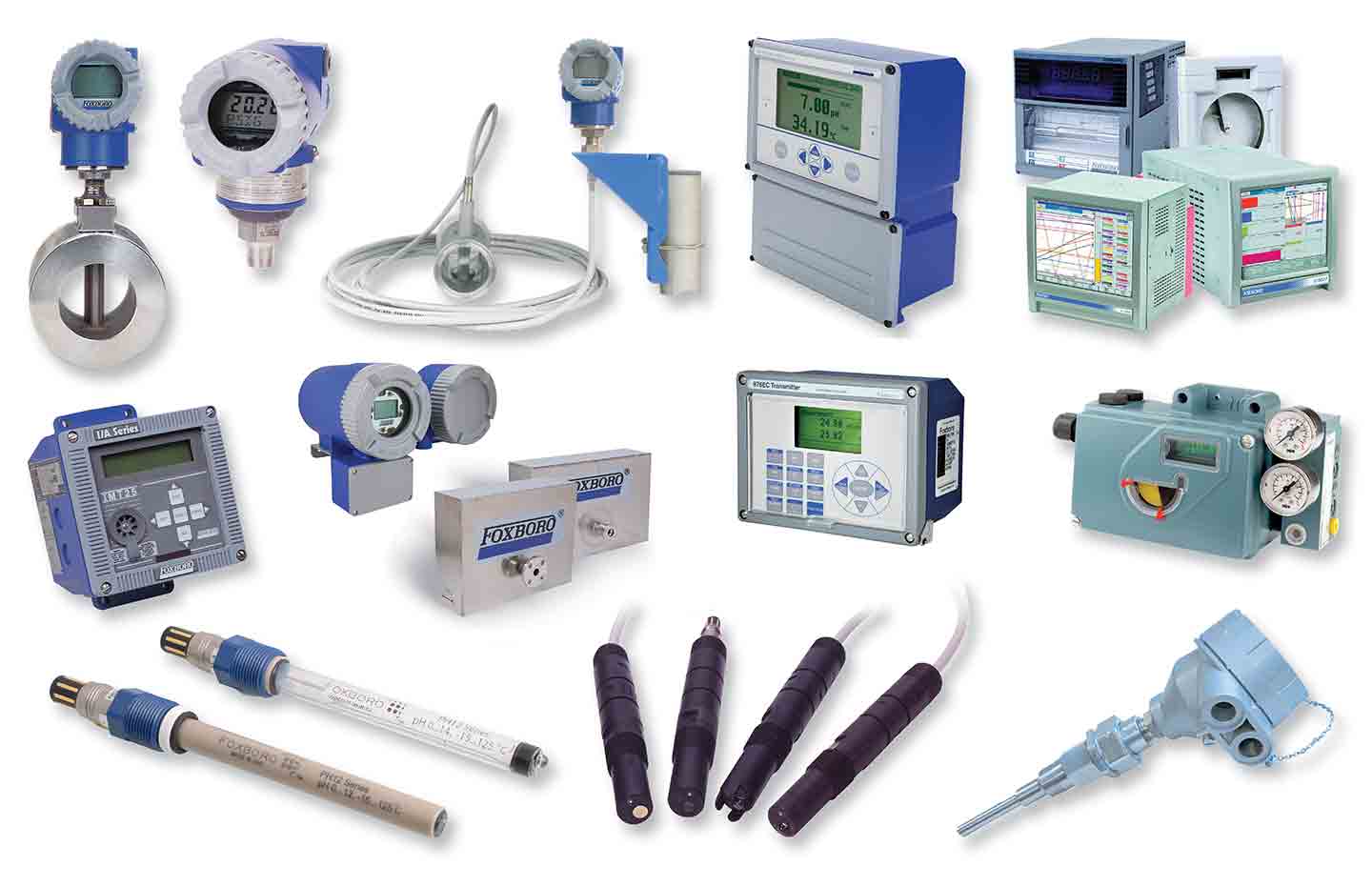
Instrumentation
Instrumentation refers to the devices and systems used to measure, monitor, and control physical process variables in industrial automation.
These instruments serve as the "senses" of the control system, feeding accurate real-time data to controllers (like PLCs or DCS), which then make decisions and send commands to actuators or final control elements.
In industrial automation and control systems, transducers and transmitters are essential devices used to convert and communicate process data from the physical world to the digital control environment.
They ensure that controllers like PLCs, DCS, or SCADA systems receive accurate, reliable measurements for decision-making and process regulation.
- Sensors
- Transducers & Transmitters
🎯 Key Functions:
Continuously measure process conditions (e.g., temperature, pressure, flow)
Convert physical quantities into electrical signals
Enable closed-loop feedback control for automation
Improve safety, efficiency, and product quality
🏭 Typical Applications:
Manufacturing and industrial automation
Oil & gas and petrochemical industries
Water and wastewater treatment
Food and beverage processing
Energy production and utilities
HVAC and building management systems
✅ Benefits of Using Process Sensors:
Real-time visibility into process performance
Early detection of faults or inefficiencies
Enables precise, automated control
Reduces downtime and energy consumption
Supports regulatory compliance and product quality
✅ Key Characteristics:
Converts raw input into standardized output (e.g., 4–20 mA, 0–10 V, digital protocols)
Enables long-distance signal transmission
Often includes features like calibration, fault detection, and digital communication (e.g., HART)
📡 Signal Standards Used:
Analog: 4–20 mA, 0–10 V
Digital: HART, Modbus, Profibus, Foundation Fieldbus
Wireless: WirelessHART, ISA100